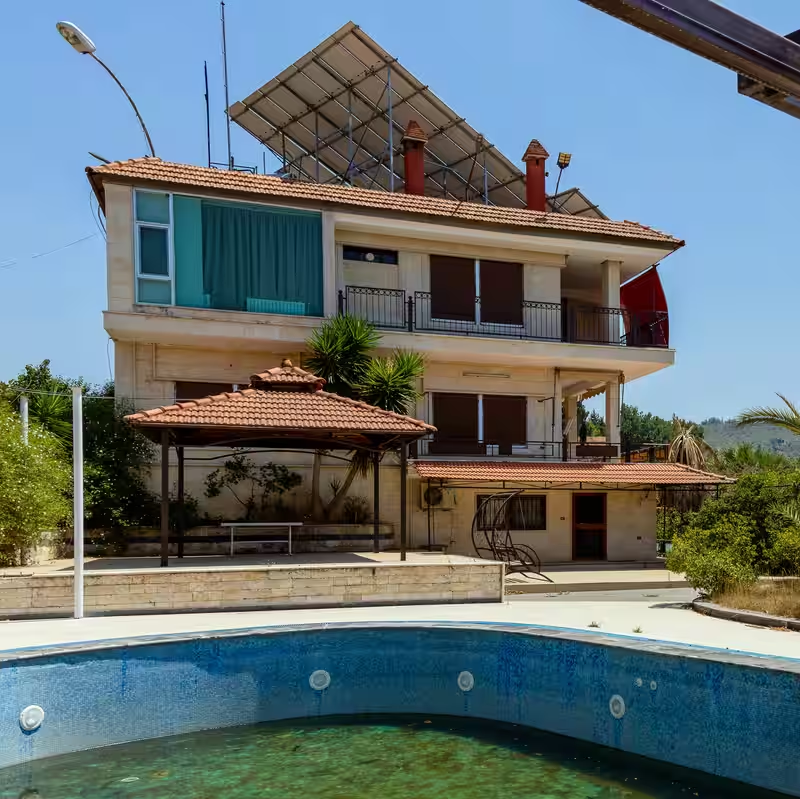Inside the Digital Manhunt for Syria’s Fallen Regime
In the chaotic aftermath of Bashar al-Assad’s regime collapse in December 2024, dozens of his most feared enforcers vanished—some into exile, others into silence. But a team of investigative journalists at The New York Times refused to let them disappear without a trace.
Using nothing more than Facebook posts, satellite imagery, leaked documents, and even expired credit cards left behind in opulent Damascus villas, the Visual Investigations unit pieced together one of the most ambitious open-source reporting projects in modern journalism.
From Sanctions Lists to Social Media Clues
The investigation began with a daunting list: over 500 individuals sanctioned by the U.S., EU, and UK for their roles in war crimes, chemical attacks, and systemic torture under Assad’s 13-year civil war.
Reporters narrowed this down to 55 key figures—military commanders, intelligence chiefs, and chemical weapons architects—by focusing on nine major atrocities that defined the regime’s brutality, including:
- The 2013 Ghouta chemical attack
- Mass executions at Sednaya Prison
- Crackdowns on peaceful protesters in Daraa
Facial Recognition and Forgotten Facebook Albums
Many of these officials had never been photographed publicly. Yet the team unearthed old social media profiles, including a decade-old Facebook albumProfessor Hassan Ugail
Abandoned Mansions Tell Stories
Reporters traveled across Syria, Lebanon, France, and Belgium, gaining rare access to the lavish homes
Inside these abandoned estates, they found:
- Utility bills with full names
- Family portraits with handwritten notes
- Expired Russian SIM cards and international phone numbers
AI, Documents, and Escape Routes
Backed by artificial intelligence, the team translated and analyzed over 13,000 internal regime documents“withhold news of detainees’ deaths from their families.”
Meanwhile, ship and aircraft tracking data—cross-referenced with eyewitness accounts—revealed escape corridors to Russia, the UAE, and beyond.
Where Are They Now?
At least a dozen of the 55 fugitives have been located. Some live quietly in European suburbs; others are shielded by authoritarian allies. None have been arrested—yet.
“This isn’t just about tracking people,” said reporter Haley Willis. “It’s about preserving evidence for future accountability.”
Collaborative Justice Efforts
The investigation leaned heavily on Syrian civil society groups like:
- Syrian Archive
- Syria Justice and Accountability Centre
- Chemical Violations Documentation Center
- Human rights lawyer Anwar al-Bunni
These organizations have spent years building legal dossiers now being used in European courts to prosecute Syrian war criminals under universal jurisdiction.




